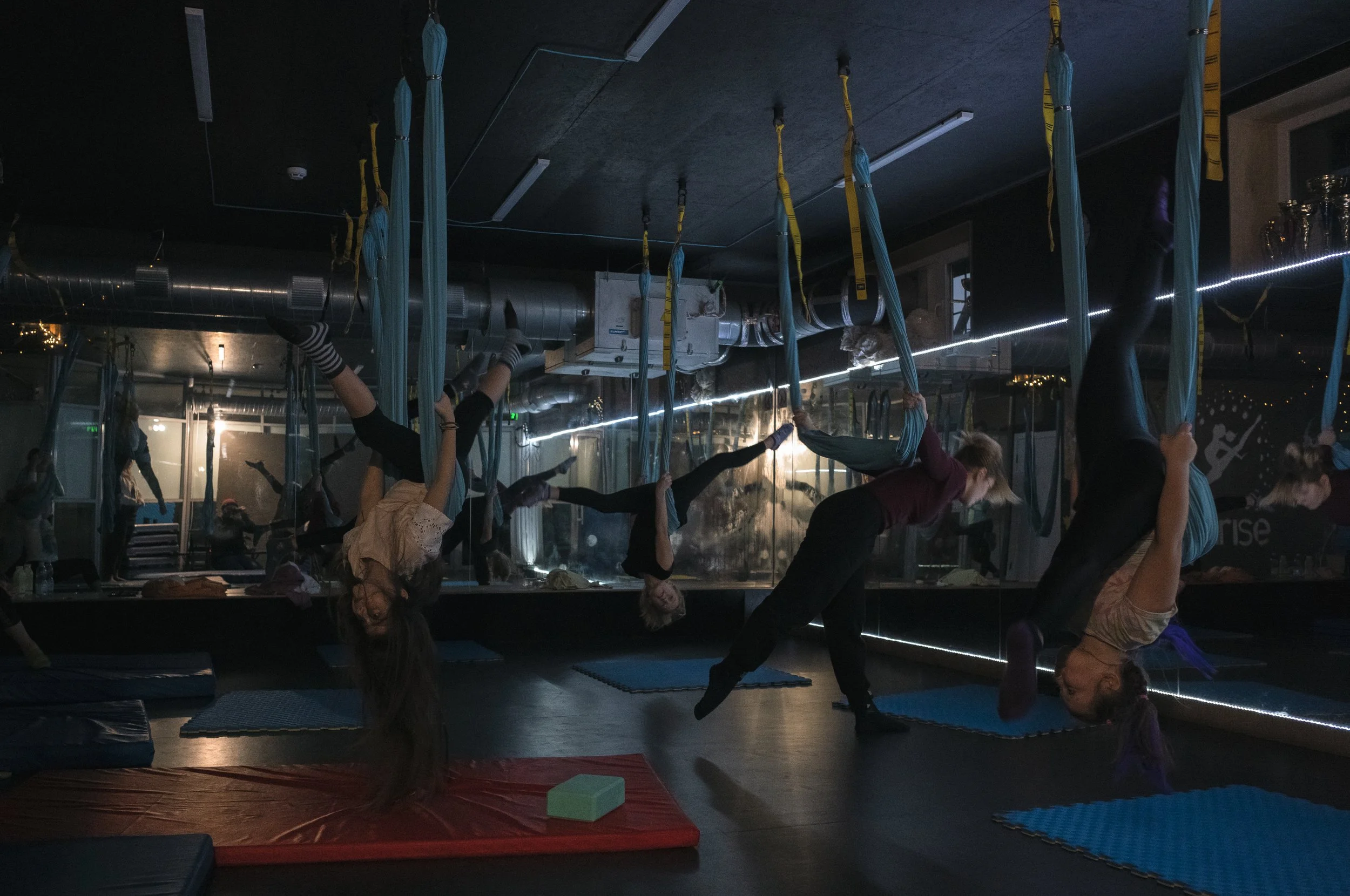
Shrouded in darkness
For nearly nine years, the conflict in Ukraine has cast a shadow over the lives of all Ukrainians. While the frontline may be distant, the sound of air raid sirens at night reverberates throughout the country, interrupting the sleep of families and forcing them to seek shelter.
In late autumn 2022, Russia, having suffered repeated defeats on the battlefield, launched a systematic assault on Ukraine's energy infrastructure. The resulting power outages weigh heavily on people’s daily lives, causing homes to go cold and cutting off water supplies. As energy consumption is being rationed, business suffers, and leisure activities become harder to pursue.
The impact of power outages can be long-lasting. A generation of Ukrainians is growing up locked in their homes, first by the pandemic and then by the war. While the pandemic taught them how to study remotely, learning becomes impossible without electricity.
The winter has been long, but Ukrainians persevere. By mid-February, there is a sense of cautious optimism as power cuts have become less frequent and shorter in duration. Everyone knows that this sense of fortune is fragile and one strike can plunge neighbourhoods into darkness for days.
In December 2022, the electric trolleybuses in Chernihiv, a city located in northern Ukraine, were operating without problems. Trolleybuses are a popular mode of public transportation in Ukraine, but the ongoing conflict and related issues with electricity distribution have significantly impacted their operation throughout the country. There have been times when the trolleybuses have come to a complete stop due to power outages.
On January 27, 2023, darkness shrouded Kyiv, a city of three million. The day before, Russia fired 55 missiles, of which Ukraine successfully intercepted 47. The strikes killed at least 11 people, and the capital suffered power outages for days. Russia began its assault on Ukraine’s energy infrastructure in October 2022.
Karina Bykova is a 15-year-old living in a high-rise building in Chernihiv. This winter, power outages have become a part of her daily life, leaving her home dark, cold, and without running water.
“After school, I usually have about a three-hour window in the evening to do my homework. After that, it’s dark, and I just sleep,” Bykova explains.
Bykova loves to study and has a dream of attending university to study acting. Due to the ongoing war, her school has implemented a hybrid learning model, with students learning partly online and partly in the classroom.
“When we switched to online learning because of the pandemic, I was really stressed out. It was a challenging time for me. At first, the teachers struggled to use the online tools, but it's amazing how quickly people can adapt. Nevertheless, I would rather be at school.”
In November, the police in Kyiv reported to the media that there has been a surge in serious traffic accidents involving pedestrians. With traffic lights often out and streetlights not providing enough illumination for pedestrians and cyclists, the roads have become more hazardous.
In a dance school located in Chernihiv, the rhythm of the classes is dictated by the rationed electricity supply. The school receives six hours of electricity followed by a six-hour blackout, during which the students continue to dance with the aid of LED lights powered by car batteries.
As the dance school has no generators, the floors of the studios turn cold during the blackouts. To keep the young dancers warm, the halls are lined with insulating foam boards.
Established in 2021 during the pandemic, the dance school suffered significant damage during the spring of 2022, when Russia bombed the Chernihiv region. An explosion nearby destroyed the area's pipes, and the resulting flooding in the dance studios located in the basement caused further damage.
Despite the electricity outages, families in Chernihiv are finding joy in the frosty nights. With fresh snowfall, children are taking out their gliders and slipping and sliding down the hill in the pitch-black early evening. At the top of the hill, parents use their flashlights to shine light down the slope, searching for their little ones dressed in reflective gear.
The war with its power outages affects all forms of life, and nowhere is this better known than in the Kyiv National Botanical Garden. The collection of the garden is decades old and includes thousands of valuable plants that require tropical conditions to survive.
Leading researcher Roman Ivannikov has worked in the garden for 26 years and has taken care of the plants through the harsh war years. “When Russia attacked Kyiv, we had a really tough time. My colleagues and I stayed here. If we had left, the plants would have died.”
However, the difficulties did not end with last spring. Russian attacks on Ukraine's energy infrastructure also affect the greenhouses. Ivannikov explains that on the worst days in December and January, the temperature in the garden’s largest greenhouse dropped to as low as three degrees Celsius, far from tropical conditions. During those times, staff burned wood inside the greenhouse to generate some heat.
“Some of the plants died. Others still seem to be doing well, but I'm afraid they will wither in a few months,” Ivannikov laments. The problems have not ended, even as warmer spring weather approaches. Last month, a missile attack damaged the windows of the greenhouse.
On February 20, 2023, Ukraine is preparing to mark a year since Russia's full-scale invasion. Despite the dark winter, a park in the center of Kyiv now shines brightly. However, the flickering lights serve as a reminder of the uncertain future.
text: ULRIIKKA MYÖHÄNEN
photos: Antti Yrjönen






